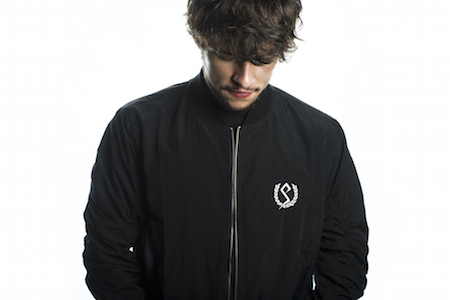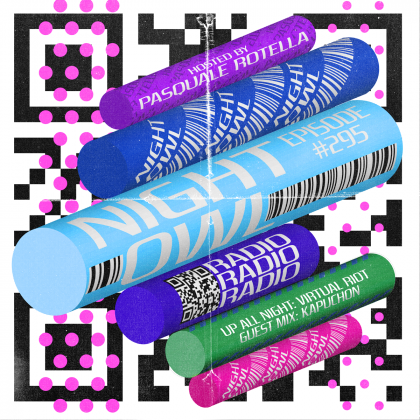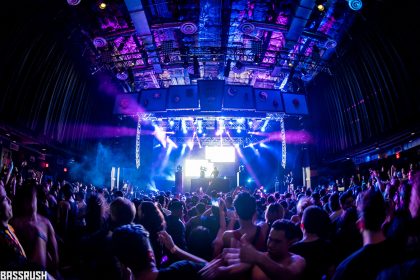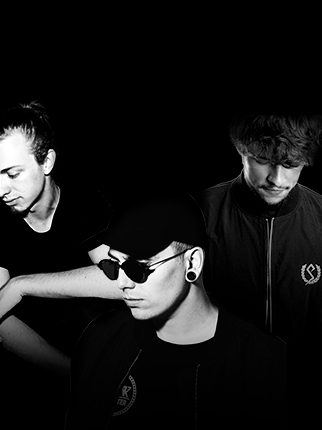Virtual Riot Is Ushering in the New Sound of Dubstep
Upcoming Event
A duality has arisen from the ubiquitous availability of music creation tools. On one hand, never before has a person’s dream to become a working musician been more achievable. Yet, in a scene that puts so much emphasis on creativity, dance music has become arguably more uniform in terms of composition and sound design. Virtual Riot is here to shake up the norm and bring new credibility and attention to the most technical segment of music production: sound design.
He’s demonstrated the ability to break down even the most complicated sounds and offered them up to the masses via his genre-defining sample packs. All of this is done in the hopes that producers will be inspired to do as he has and dive further into the world of sound design to discover their own unique sound.
When Virtual Riot was just getting his start as a producer, these packs served as a way to legitimize his own music, which is full of the most coveted displays of mind-bending synthesis reserved exclusively for his own personal collection. His music is shaping the face of bass music and inspiring a new generation of producers to step as far out of the box as possible.
We invited him to chat about his favorite subject, his roots in trance, and the vibrancy of the American bass music scene.

You caught some heat from the dubstep community for offering up your preset packs. This seems like something that only happens in electronic music. Could the producer community stand to be less focused on issues like this?
I got both positive and negative feedback about the preset packs, but all in all, I think this moves the whole scene and the sound design community a step forward, as everyone will try to step up their sound design to sound more unique and not like a presets pack. At the same time, it helps a lot of upcoming producers who take sound design seriously to learn from them by reverse-engineering and learning from them.
A lot of emphasis is put on sound design and casting off the use of samples, yet electronic music was founded on sample manipulation. Does intelligent sound design always have to be focused on crazy sound synthesis?
[It] depends how you put it. Crazy sound synthesis can also be based off of samples. If you look at plugins like Serum and Harmor, you can basically import all kinds of sounds and samples and take those as starting points for new, crazy sounds. So, in a way you still keep the heritage of electronic music being based on sample manipulation [and take] it to the next level with the tools of today.
You started playing piano at age 6. How has having such a rich education in music pushed your songwriting abilities forward?
I think playing any instrument definitely helps a lot when it comes to songwriting (not so much when it comes to sound designing, though). It helped me a lot at working with scales, chords, and bringing melodies I had in my head straight into the DAW.
Before you got hooked on dubstep, you were into trance. Do you still listen to trance now? What was it about trance that you made you gravitate toward the genre?
I was actually listening to BT a lot. He was the first electronic artist I followed, and I guess he was mostly known for trance back then. But I admired him for his work on Emotional Technology, which was a milestone for electronic music production at the time, and I still listen to this record to this day.
You started DJing for American audiences only recently. How have you found them in comparison to the rest of the world?
I had my first show in America in July and had about 50 shows since then. To be honest, I’ve never had so much fun at shows before; the American bass music scene is great, and I wish it was that active back in Germany. I can’t wait for the tour with Datsik next year; that’s gonna be my first bus tour ever.
Follow Virtual Riot on Facebook | Twitter | SoundCloud






